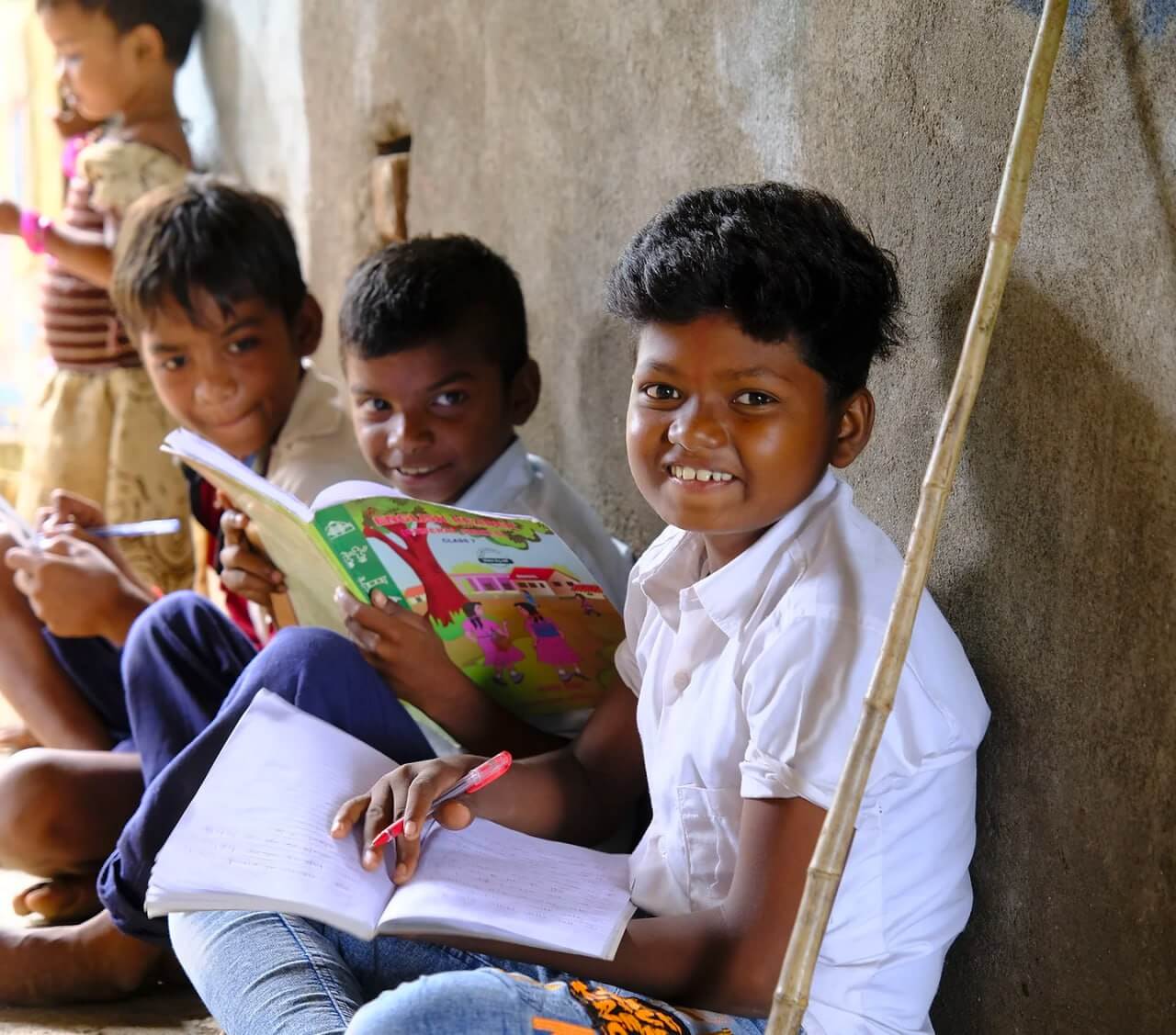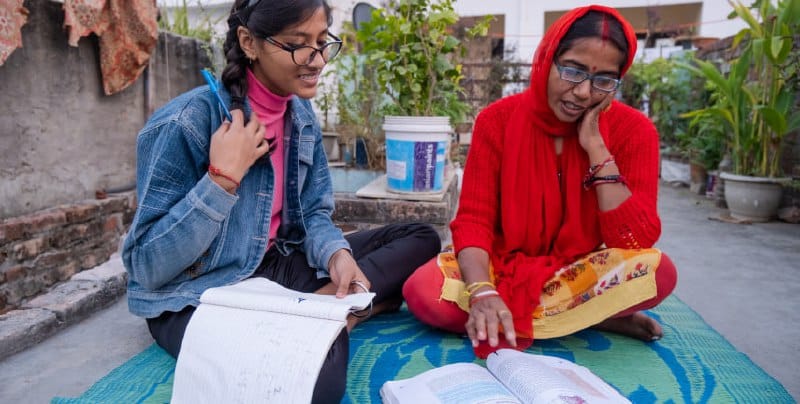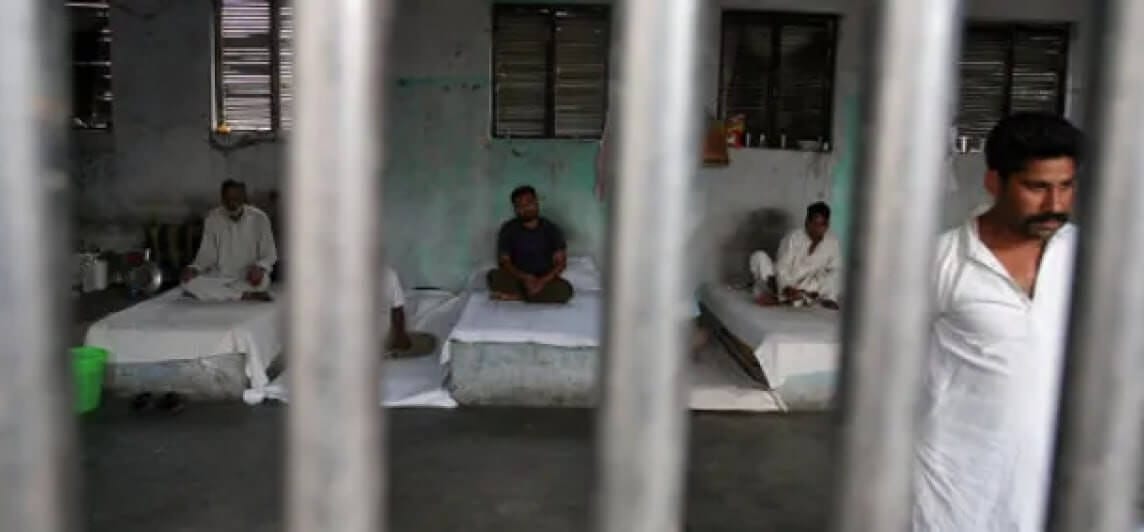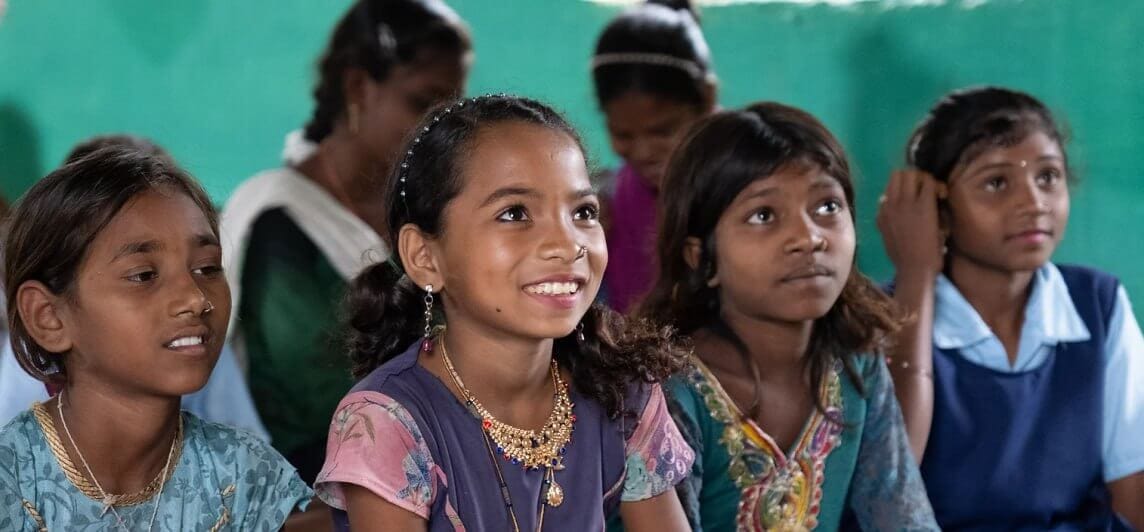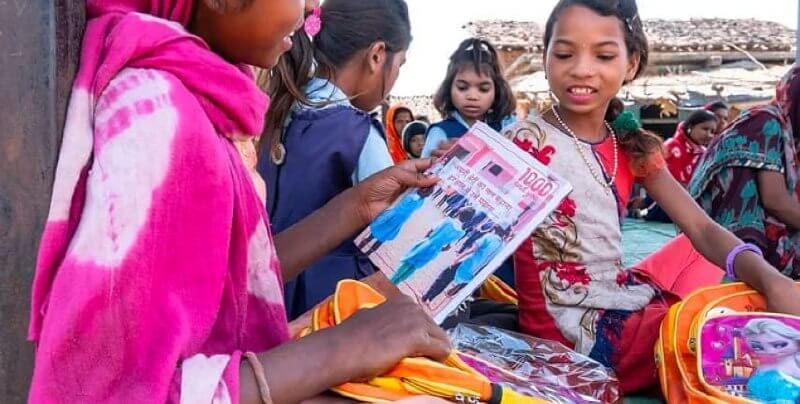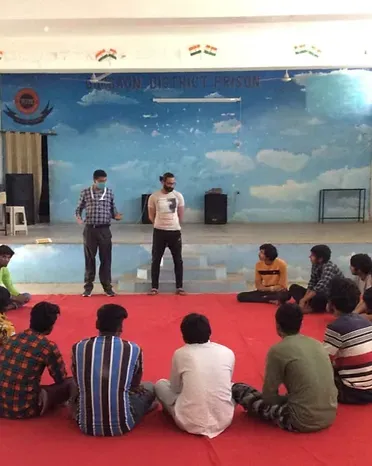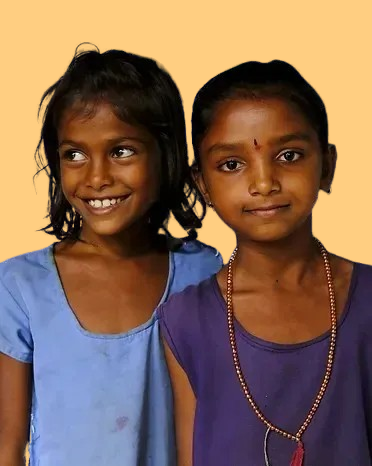TYCIA's website opening doors to Discoverability
For TYCIA Foundation, discoverability was both a tech challenge as well as a financial one. Here's how TYCIA and aikyam came together and solved it by using Github Pages

Focus area of work: Education, criminal justice, youth leadership, livelihoods
Project: A new website | https://tyciafoundation.org
Costs: Tech : Zero (Lifelong Free Github Pages), Content (Internal), People - Probono (Volunteers, TYCIA team, aikyam fellows)
For a grassroots NGO to work in sectors as varied as education to criminal justice is no small feat. But this is precisely what the TYCIA Foundation does, with an enthusiasm that would faze many. The abbreviation TYCIA unfolds into “Turn Your Concern Into Action”. The foundation aspires to build "a nation where all people can gain equitable access to attain quality education, healthcare and livelihood opportunities, and where all the communities can realise their full potential and inequalities are minimised."
Read More About TYCIA
Saraswati, all of 7, belongs to the Korku tribe living in Khandwa, Madhya Pradesh. Traditionally hunter-gatherers, the community has also built a name for itself in farming. They pioneered the cultivation of potato and coffee in Madhya Pradesh. They have always worked towards conservation and fighting malnutrition through sustainable practices. But today, many Korkus struggle to make a living.
Poverty also led to a tragedy in Saraswati's life. Her brother, at just four months old, died of malnutrition. It was then that she decided that she would become a doctor and save lives. For her, the government school she studied at was a gateway to a better future. Not just for her, but for her entire community. But, things changed when her family's financial situation got worse. Both her parents had to go out and find work. And tiny Saraswati had to stay home and take care of her younger siblings. Her dreams of being a saviour in a white coat would have died, if not for the TYCIA Foundation's 1000andyou project. The campaign aims to help 1,000 Korku girls in Khandwa go to school. A sum of ₹3,000 can see one girl through one academic year of schooling.
1000andyou is one of the many projects and campaigns that TYCIA actively runs and lends support to. The organisation's scope of work extends across sectors: education, criminal justice, youth leadership and livelihoods. Its initiatives are as varied as its scope. From bringing education to rural and urban communities in dire need, TYCIA also helps educate prison inmates and works to rehabilitate them into society. It also anchors youth leadership and livelihood programmes in various parts of the country.
The Problem Statement
As TYCIAgrew, so did the number of people and communities it was helping. And so did the organisation’s needs. It was no longer enough that volunteers and money trickled in sporadically. There was a sustained need for these resources. The team had to start dedicating a large part of their time to finding these resources. This was not a sustainable option, nor was it in the interests of the organisation.
The challenge here was a simple one: discoverability. Unless people knew that TYCIA existed and understood the work it did, they would not be able to decide how to contribute to it. The organisation had a website, but it was costing a significant amount of money forhosting and maintenance. It also had a cursory presence on social media. For TYCIA to be present and found on the internet, they had to start from the basics. The organisation needed a low-cost website that could be maintained and managed easily.
How We Went About It
“It was in May 2023 that Shemeer, Arunabha and I met with Mohit Raj, one of the founders of TYCIA, at a cafe in Bengaluru,” explains Jinso, who has been a fellow with aikyam nearly since the start of the organisation. “The talk veered around to the work we were doing, and we mentioned the projects we had worked on.” aikyam fellows helps make technology accessible to grass-roots NGOs with an annual operating budget of less than ₹25 lakh. This tech support can be as varied as creating a website to setting up knowledge management systems or forums for community building, among others.
"The reason TYCIA wanted to work with us was because we explained how we were helping organisations move from paid platforms like Wix to GitHub Pages, saving them almost ₹12,000 a year, which is big savings for a small NGO." - Jinso Raj
“At the time, TYCIA was running their website on a platform called Wix,” says Jinso Raj. “This was the second or third website project we were working on as a team. At that point we were helping a lot of organisations move from wix to github pages.”Wix is a website building platform like Wordpress, but it is more functional with drag and drop elements, better features and UI. “It is quite easy to build a website on the platform, and the initial payment for setting up a website does not come to much,” says Jinso. “But there is vendor lock-in for everything; and the annual payments can get to be quite a lot eventually. The reason TYCIA wanted to work with us was because we explained how we were helping organisations move from paid platforms like Wix to GitHub Pages, saving them almost ₹12,000 a year, which is big for a small NGO.”
“For us, this was a unique project because TYCIA already had an existing website, which they wanted to clone, recreate almost exactly on GitHub Pages,“ says Megha, a fellow at aikyam who works on front-end development. At the same time, the team had to ensure that TYCIA’s primary objectives of raising resources, in terms of both volunteers and money, were met through the website. “I started working on the project but then, Lily took over and completed it. I had been working with aikyam for five months by then. And I had worked on a similar project, where I created a website on GitHub Pages. This was the first project where we worked with Tailwind CSS. For me, this was an opportunity to learn a new platform. I did a lot of self-learning by watching tutorials, and Jinso helped me with the parts that I found hard.”

“This project was a learning for all of us, in terms of cloning the exact UI, CSS styles and also learning a new framework and setting standards for the use of the framework,” says Jinso. But how exactly does aikyam build high-quality website at zero cost for the NGOs? “When we started, all our projects were in GitHub pages,” says Jinso. “That is completely free. There is no hosting or vendors involved. All the tools and tech used were free. Only the domain had to be paid for. Later on, in the second phase, we moved on to building websites in platforms that offered modern, high-quality, good-looking UI, at no cost. But then, we had to do the hosting and deployment, and we took care of those aspects for NGOs because we had access to servers.”
aikyam fellows uses non-profit programmes powered by Digital Ocean (DO), AWS, Azure, etc. for this purpose. “We applied for and got credits in DO,” says Jinso. “Our co-founder Shemeer also bought some non-profit credits from AWS; we deploy websites, Ghost blogs, forum, etc. on AWS. The NGOs don't have to make any payments for hosting because we take care of this for them”.
It took nearly a month for the team to complete the new website and hand it over to the TYCIA Foundation. The team, including aikyam fellows Megha, Jinso, Aysha and Lily, developed the website using HTML, CSS, JavaScript, and Tailwind CSS, hosting it for free on GitHub Pages. “We used to update the TYCIA team at every stage of the website, as each page was ready to go live for testing and approval,” explains Megha. You can see a more detailed view of the process at the aikyam forum.
Impact
TYCIA supports multiple projects in sectors like education, criminal justice, youth leadership and livelihoods. The organisation helps over 100 communities spread over 17 states, enabling people to build better lives. Having the free website in place has helped TYCIA reach out to more donors and volunteers than ever before, while cutting down significantly on costs involved in managing the website.

